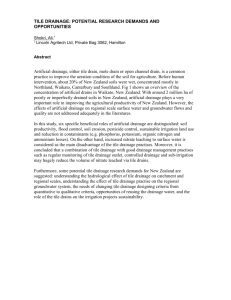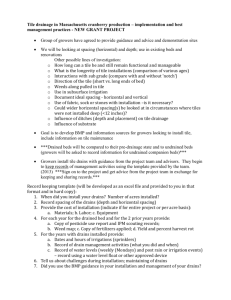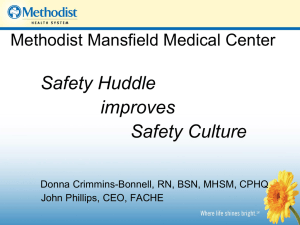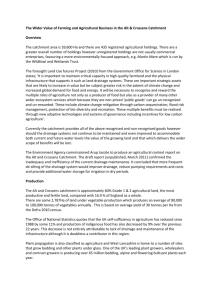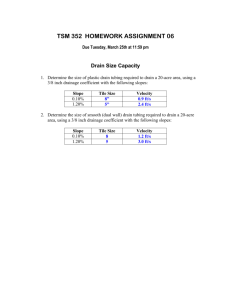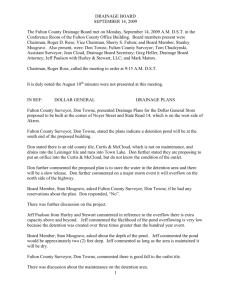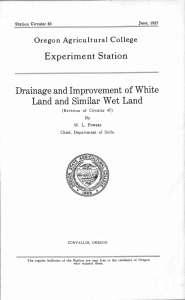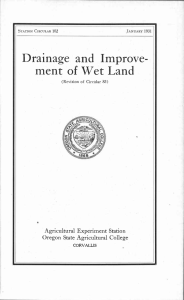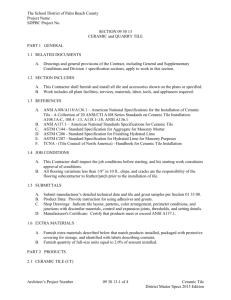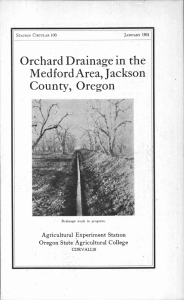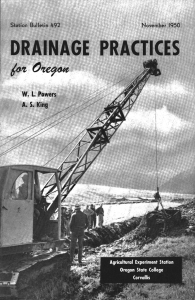MS Word Technical Paper Template
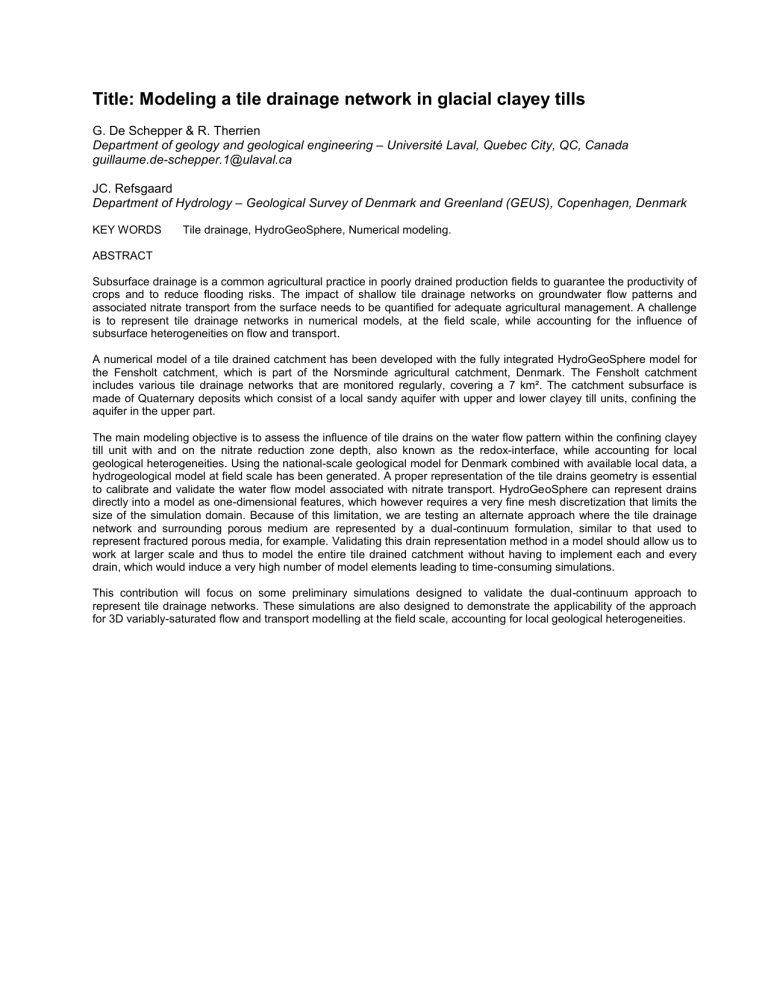
Title: Modeling a tile drainage network in glacial clayey tills
G. De Schepper & R. Therrien
Department of geology and geological engineering – Université Laval, Quebec City, QC, Canada guillaume.de-schepper.1@ulaval.ca
JC. Refsgaard
Department of Hydrology – Geological Survey of Denmark and Greenland (GEUS), Copenhagen, Denmark
KEY WORDS Tile drainage, HydroGeoSphere, Numerical modeling.
ABSTRACT
Subsurface drainage is a common agricultural practice in poorly drained production fields to guarantee the productivity of crops and to reduce flooding risks. The impact of shallow tile drainage networks on groundwater flow patterns and associated nitrate transport from the surface needs to be quantified for adequate agricultural management. A challenge is to represent tile drainage networks in numerical models, at the field scale, while accounting for the influence of subsurface heterogeneities on flow and transport.
A numerical model of a tile drained catchment has been developed with the fully integrated HydroGeoSphere model for the Fensholt catchment, which is part of the Norsminde agricultural catchment, Denmark. The Fensholt catchment includes various tile drainage networks that are monitored regularly, covering a 7 km². The catchment subsurface is made of Quaternary deposits which consist of a local sandy aquifer with upper and lower clayey till units, confining the aquifer in the upper part.
The main modeling objective is to assess the influence of tile drains on the water flow pattern within the confining clayey till unit with and on the nitrate reduction zone depth, also known as the redox-interface, while accounting for local geological heterogeneities. Using the national-scale geological model for Denmark combined with available local data, a hydrogeological model at field scale has been generated. A proper representation of the tile drains geometry is essential to calibrate and validate the water flow model associated with nitrate transport. HydroGeoSphere can represent drains directly into a model as one-dimensional features, which however requires a very fine mesh discretization that limits the size of the simulation domain. Because of this limitation, we are testing an alternate approach where the tile drainage network and surrounding porous medium are represented by a dual-continuum formulation, similar to that used to represent fractured porous media, for example. Validating this drain representation method in a model should allow us to work at larger scale and thus to model the entire tile drained catchment without having to implement each and every drain, which would induce a very high number of model elements leading to time-consuming simulations.
This contribution will focus on some preliminary simulations designed to validate the dual-continuum approach to represent tile drainage networks. These simulations are also designed to demonstrate the applicability of the approach for 3D variably-saturated flow and transport modelling at the field scale, accounting for local geological heterogeneities.
